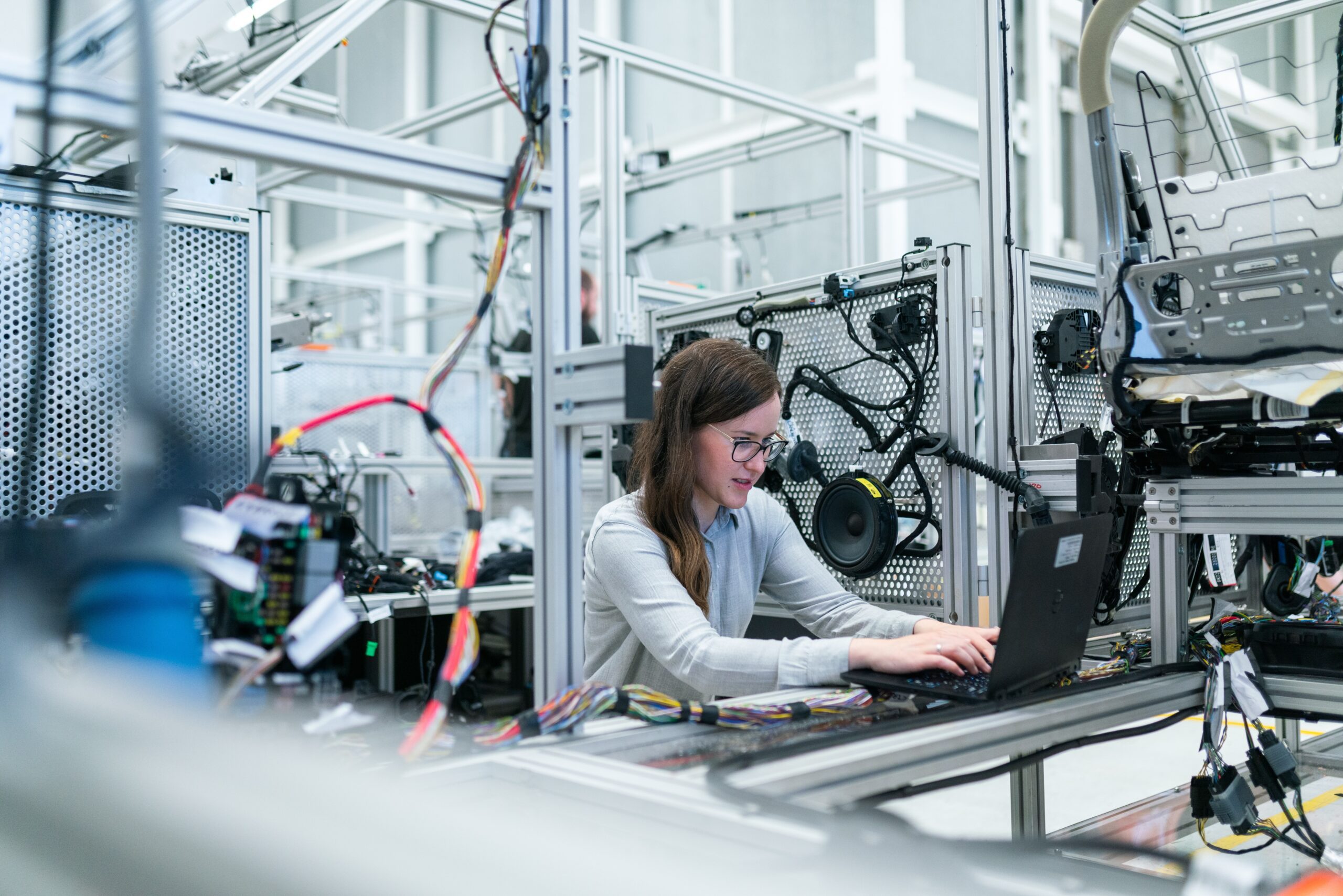The rise of Information Age technology over the past several years. It has caused a remarkable change in our way of life, Occupations, and Interactions with the outside world. Innovations like the internet and artificial intelligence have greatly advanced this astonishing change and entirely transformed many aspects of human existence.
In this essay, we’ll explore the foundational components of technology developed in the Information Age technology. Looking at how it has impacted society and the amazing possibilities it offers going forward. Innovative developments and societal breakthroughs have been made possible by this technology.
Which has drastically changed how we interact, communicate, and access information. We can manage the constantly changing Information Age environment and unlock its potential. For a brighter future by comprehending its implications and potential.
1: An Introduction to the Information Age technology
The current age is known as the Information Age technology or the Digital Age. It is characterized by the rapid advancement and widespread acceptance of information and communication technologies (ICT). It started in the latter decades of the (20th Century) and is still shaping the World today. The internet, which has developed into a necessary aspect of modern life. It is at the center of this area. It enables worldwide connectivity, quick information access, and seamless communication.
The Information Age has transformed a number of industries, like Business, education, and entertainment. It has created new opportunities and altered social standards. This era has revolutionized how we receive, share, and use Information. It’s bringing about a paradigm shift in how we engage with the outside world, with the internet serving as its Backbone.
2: The growth of the Internet
The Advanced Research Projects Agency <ARPA> of the U.S. Department of Defence undertook research that led to the development of the Internet. Which is largely regarded as one of the most astonishing human creations. A message successfully traveled between two computers in 1969, giving birth to ARPANET. The Forerunner to the Internet as we know it today.
The Internet was originally intended to create a decentralized network capable of withstanding a nuclear strike. As ARPANET grew in size and connected more computers and organizations. It eventually morphed into the vast network that has completely changed modern life. The internet has evolved from its early days of robust communication during times of crisis into a potent technology. That has revolutionized information exchange, business, social interaction,
3: Using the World Wide Web to Connect the World

While the Internet had been around for a while, it wasn’t until the early 1990s. That it was readily available to the general population. A British computer scientist named made substantial contributions to the creation of the World Wide Web during this time. Which completely changed the Internet and improved its usability. The web was developed by Berners-Lee to be interactive and user-friendly, facilitating simple information sharing and access via hyperlinks.
By making it possible for users to effortlessly switch between multiple web pages. This technological advancement revolutionized communication and the exchange of knowledge. The World Wide Web became the cornerstone for contemporary internet browsing. It was instrumental in creating the Digital environment we live in today.
4: Information Age’s Effect on Communication
The introduction of the Information Age technology has fundamentally altered the way we communicate from how it was previously. In the past, the main means of communication were the Mail service and the Telephone, both of which had speed and distance restrictions. But as technology advanced, communication became immediate and universal. Email, Social media sites, and Messaging services have become essential parts of our everyday lives.
Because they let us communicate with people in the present without regard to distance. As a result, the Boundaries of time and geography have been effectively removed, bringing people from all over the world closer than before. The Information Age technology has made communication a smooth, interconnected experience. That allows us to remain in touch, Share information, and work together on a variety of Projects.
5: The Development of Shopping Through E-Commerce
E-commerce, which was made possible by the Development of the Internet. It has completely changed how Business is done. There is no longer a need for physical businesses because of this digital transition. Which makes it easier for consumers to browse, contrast, and buy goods and Services online. Leading E-commerce platforms like <Amazon, Alibaba, and eBay> have increased everyone’s access to online shopping.
By giving customers worldwide access to a variety of products and services. The convenience of 24/7 availability, affordable prices, and a wide range of options are now available to Customers. while they shop from the comfort of their homes. E-commerce has shifted the way that retail operates by enabling connections between businesses of all sizes. With clients on a global scale and by promoting a more open and accessible market.
6: The Effect on Education
Because of technology, the field of education has seen considerable breakthroughs during the Information Age technology. Worldwide access to online classes, tutorials, and educational resources. It is now possible because of the internet’s transformation into a large information hub. More accessibility and flexibility are now available thanks to e-learning. which has completely changed the educational scene. The ability to learn at one’s own pace, access resources at any time, and take part in Online classes have been made available to all Learners.
The ability to pursue education and learn new skills from any location in the world. It has made it possible for people who might have time or geographic restrictions. The democratization of education through technology has empowered lifelong learning. It’s allowing people to improve their Knowledge and expertise in a variety of fields. It’s supporting personal and professional development in the Information Age technology.
7: Automated Systems (AS) and Artificial Intelligence (AI)

In the Information Age Technology, artificial intelligence <AI> has made significant strides. By enabling machines to mimic human intelligence and do activities that traditionally require human cognition. This Technology has ushered in a new era, transforming numerous industries and our way of life. Self-driving cars are an example of AI’s potential in the field of transportation. While voice assistants like Siri and Alexa demonstrate the technology’s capacity to comprehend and act upon human orders.
Businesses may gain useful insights and make data-driven decisions. Thanks to AI’s sophisticated data processing capabilities. Numerous other industries, like healthcare, banking, and customer service, have also adopted it. AI’s impact on society will only increase as it develops. It’s spurring innovation and altering how we view and use the Information Age technology.
8: The IoT stands for “Internet of Things.”
The Internet of Things <IoT> is the network of physical things that can collect and exchange data. Wearables, networked automobiles, and smart homes are a few examples. Efficiency, convenience, and safety are all improved by IoT. By including sensors and internet connectivity, objects may collect and transmit data, making them “smart.” A smart thermostat, for instance, can modify the temperature based on occupancy patterns.
Fitness trackers are one type of wearable technology that may monitor health information and offer individualized insights. Real-time traffic data is accessible by connected automobiles, improving navigation. IoT has many advantages, like better decision-making, work automation, and resource optimization. It also prompts questions about security, privacy, and the possibility of data Breaches. IoT is a revolutionary technology with enormous potential for enhancing several
9: Analytical and Big Data
In Information Age technology, huge quantities of data are continuously produced, giving rise to the big data age. This data boom has made it possible for businesses to use big data analytics. Which uses sophisticated computing systems and algorithms to unearth insightful information.
Marketing, healthcare, and finance have all undergone revolutionary shifts as a result of this growth. Organizations can make wise judgments based on current facts and predictive modeling by analyzing massive datasets. Big data analytics, for instance, provides targeted advertising and customized marketing efforts.
It makes personalized treatment plans, early disease identification, and disease monitoring easier in the healthcare industry. It supports risk management, pattern recognition, and investment optimization in Finance. Big data analytics has become a foundation that supports innovation and enhances decision-making across numerous industries.
10: Challenges with Cybersecurity
In the Information Age, as technology advances, cybersecurity has become increasingly crucial. The defense against cyber-attacks has emerged as a top priority. Due to the growing reliance on digital systems for critical infrastructure and personal information. To protect sensitive data and uphold the integrity of digital systems. It is crucial to use strong cybersecurity measures like encryption, firewalls, and ethical hacking. Firewalls serve as barriers against unauthorized access.
While encryption guarantees that data is transported and stored securely. Testing system vulnerabilities is a key component of ethical hacking. which aims to find potential flaws and repair them before hostile hackers may make use of them. To avoid data Breaches, unauthorized access, and other cyberattacks that could cause Financial losses, reputational harm, and other problems. It is essential for a person, organizations, and governments to have strong cybersecurity.
Conclusion
How we live, work, and communicate has been completely transformed by the Information Age technology. The Internet’s birth, the rise of artificial intelligence <AI>, and the Internet of Things <IoT> have all contributed. To the enormous potential and prospects that have been unlocked by this era. However, it also has problems that need our attention. We must appropriately adopt these technologies, taking social and ethical ramifications into account.
Furthermore, creating strong cybersecurity measures is crucial to safeguarding our digital systems and sensitive data from online attackers. We can successfully navigate the Information Age Technology and harness its promise to create a better future for all of humanity. By striking a balance between innovation and accountability and by maintaining the security of our digital infrastructure.
